
Comparison of several PCB surface finish typesMonday,Aug 13,2018
As for the essential proceed in PCB production, the basic purpose of surface treatment is to ensure good solderability or electrical properties. Since copper in nature tends to exist in the form of oxides in the air, it is unlikely to remain as copper for a long time. Therefore, other treatment for the copper is needed. There are many kinds of surface treatments, and mainly shown with 5 ones, they are HASL, OSP, ENIG, Immersion tin and Immersion silver. HASL or HASL LF: HASL should be the most widely used surface treatment technology. When the hot air is leveled, the solder and copper form a copper tin metal compound at the junction, and the thickness thereof is approximately 1 to 2 mils. HASL provides a very reliable solder joint and shelf life. HASL makes component soldering very effective, but due to the thickness of HASL coating, the planarity of the surface may be unsuitable for fine-pitch components. The HASL deposit is made from a eutectic blend of tin and lead. 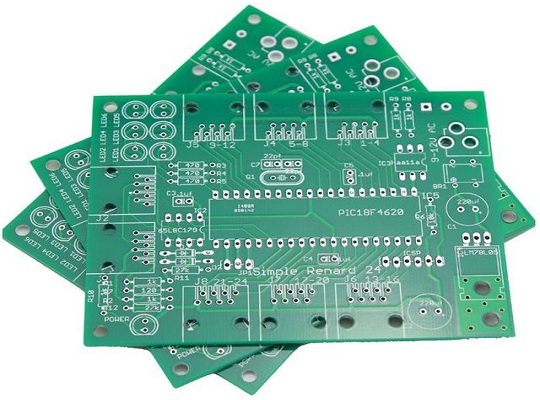 ENIG (Immersion gold): ENIG is just one process that covers one thick layer of nickel-gold alloy with good electrical properties over copper, which processes long-term protection for PCBs to reach excellent mechanical properties. What’s more, ENIG surface holds the special tolerance with the environment that other finishes fail to meet. Its capability to prevent the copper dissolution also brings a good performance to lead free soldering. 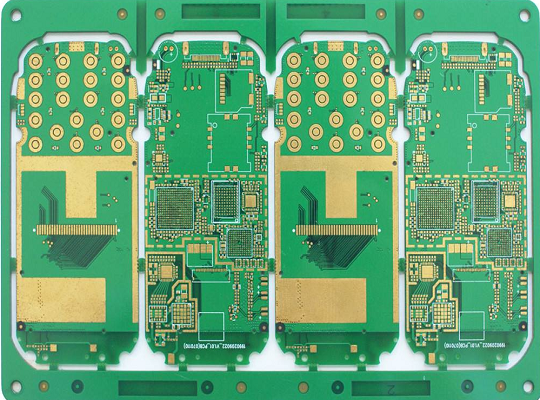 OSP:OSP surface (Organic solderability preservative) is a process to generate a layer of organic film over clear bare copper in chemical way. This layer of organic film is resistant to oxidation, thermal shock and wetting , which protect the copper surface from rust under normal environment. Meanwhile, it could also be easily removed in the subsequent high temperature welding for better soldering. Its simple process and low cost brings its wide usage in PCB production. 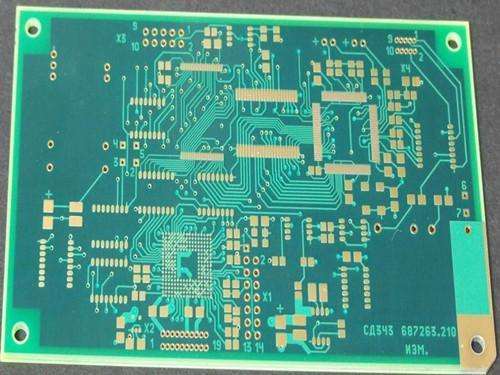 Immersion silver: The immersion silver process is relatively simple and fast. There is no need to apply a thick layer of armor to the PCB board, but also provides good electrical and solderability for the PCB board in a hot, wet and polluted environment. The disadvantage is that it will lose its luster. And it also has good storage property. 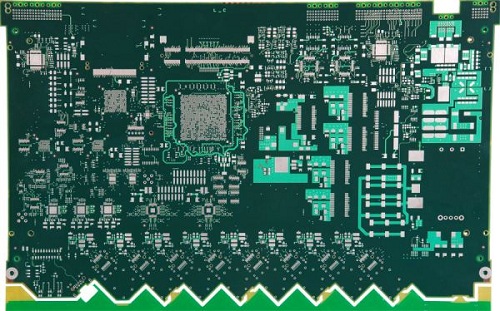 Immersion Tin: Immersion Tin surface is adopted for its good flatness and lead free nature. However, Cu/Sn intermetallic compounds with poor solderability are easily generated in the process. The biggest weakness of immersion tin surface is its short life, especially when stored in high temperature and high humidity environment, Cu/Sn intermetallic compounds will increase until the loss of solderability. 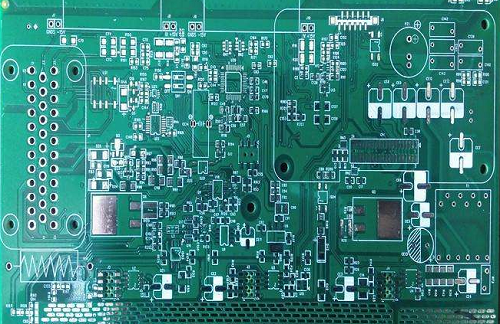 Characteristics of common surface treatment methods
Comparison of cost and solderability Cost: Electroplating nickel gold > ENIG > Immersion silver> Immersion tin > HASL > OSP. Actual solderability: Electroplating nickel gold> HASL > OSP > ENIG >Immersion silver >Immersion tin PCB surface finish is a coating between a component and a bare board PCB. It is applied for two basic reasons: to ensure solderability, and to protect exposed copper circuitry. As there are many types of surface finishes,selecting the right one is no easy task, especially as surface mounts have become more complex and regulations such as RoHS and WEEE have changed industry standards. HASL(Hot Air Solder Leveling) / Lead Free HASL HASL is the predominant surface finish used in the industry. The process consists of immersing circuit boards in a molten pot of a tin/lead alloy and then removing the excess solder by using 'air knives', which blow hot air across the surface of the board. Pros: Low-cost, Available, Repairable Cons: Uneven Surfaces, Not good for fine pitch components, Thermal Shock, Not good for plated through-hole (PTH), Poor wetting OSP (Organic Solderability Preservative) OSP is a water-based, organic surface finish that is typically used for copper pads. It selectively bonds to copper and protects the copper pad before soldering. OSP is environmentally friendly, provides a coplanar surface, is lead-free, and requires low equipment maintenance. However, it’s not as robust as HASL and can be sensitive while handling. Pros:Lead-free, Flat surface, Simple process, Repairable Cons:Not good for PTH, Sensitive, Short Shelf life ENIG(Electroless Nickel Immersion Gold ) ENIG is quickly becoming the most popular surface finish in the industry. It’s a double layer metallic coating, with nickel acting as both a barrier to the copper and a surface to which components are soldered. A layer of gold protects the nickel during storage. ENIG is an answer to major industry trends such as lead-free requirements and rise of complex surface components (especially BGAs and flip chips), which require flat surfaces. But ENIG can be expensive, and at times can result in what is commonly known as “black pad syndrome,” a buildup of phosphorous between the gold and nickel layers that can result in fractured surfaces and faulty connections. Pros: Flat surfaces, Strong, Lead-free, Good for PTH Cons: Black pad syndrome, Expensive, Not good for rework Above types of PCB surface finish are commonly used in Headpcb. Besides, there are Immersion silver,Immersion Tin,Hard Gold,Nickel palladium (ENEPIG) and so on. Now, according to your own requirements, you can choose a suitable surface finish type.
|